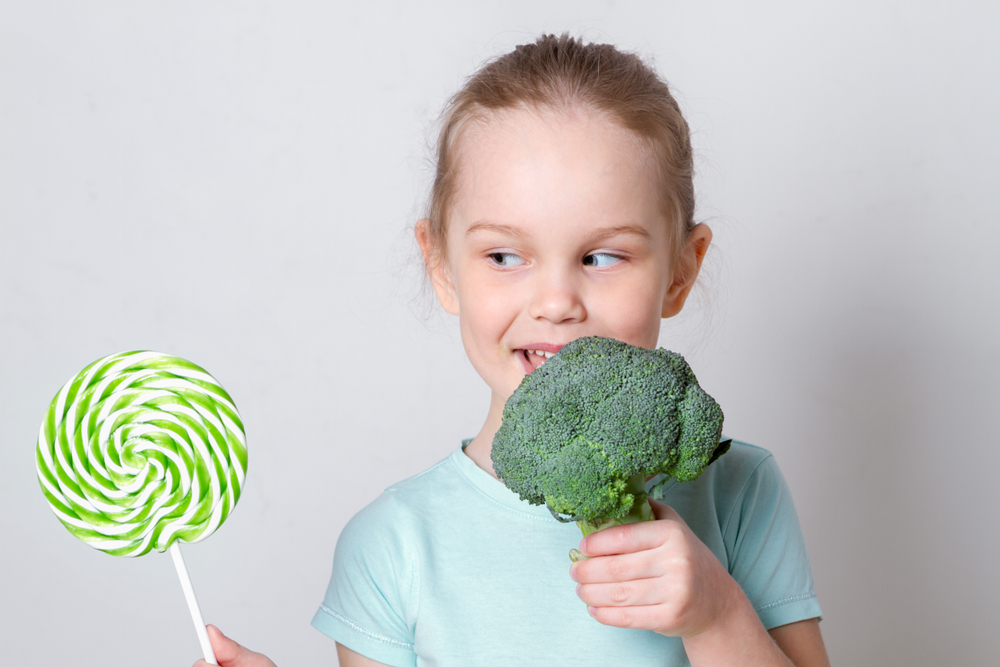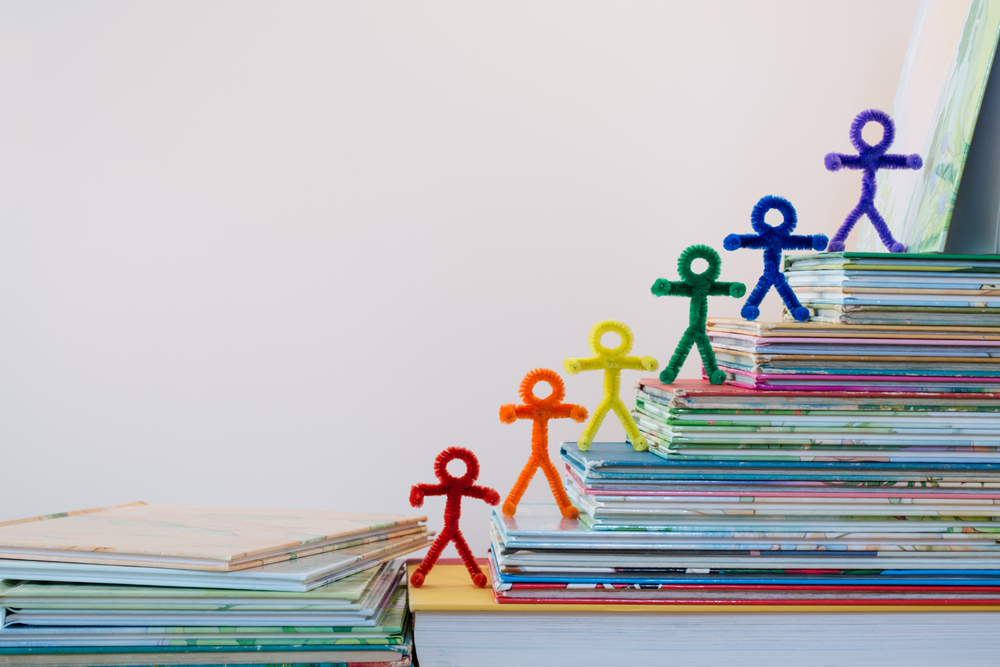Improving drawing skills Worksheets for Ages 5-9
3 filtered results
-
From - To
Enhance your child's creativity and motor skills with our "Improving Drawing Skills Worksheets" designed for ages 5-9. These engaging worksheets feature fun activities that encourage self-expression while nurturing essential drawing abilities. Each page promotes hand-eye coordination, fine motor skills, and imagination, making it easier for children to develop their artistic talents. From guided doodles to free drawing prompts, our worksheets cater to various skill levels, helping young learners flourish in an encouraging environment. Perfect for homeschoolers or classroom settings, these resources will keep kids entertained while sharpening their artistic skills and boosting their confidence. Explore our collection today!
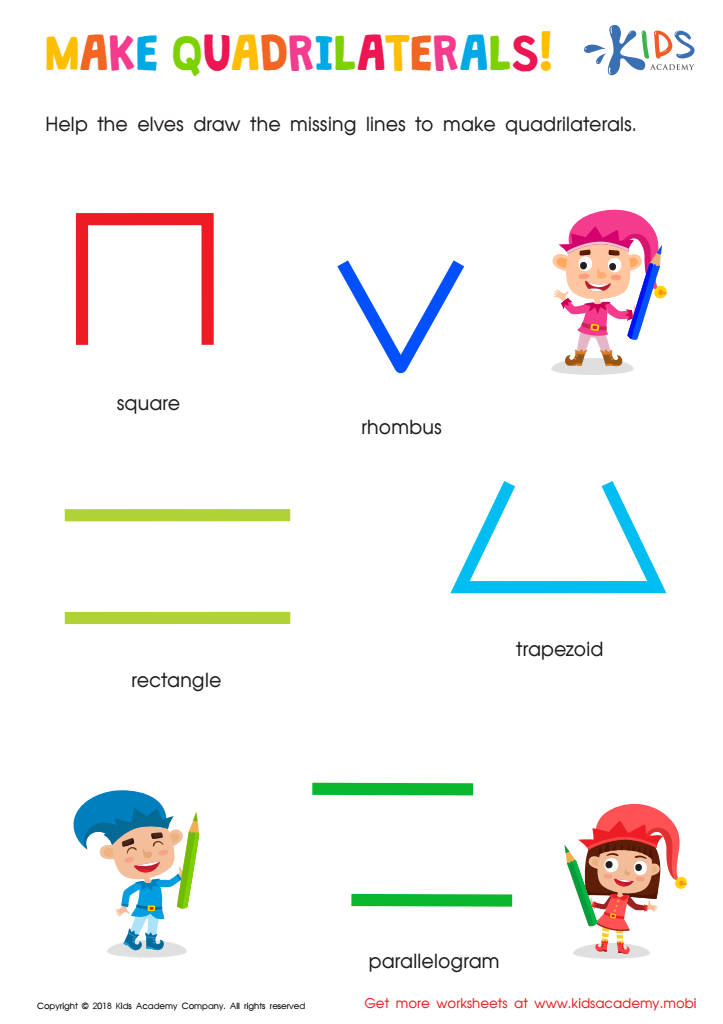

Make Quadrilaterals Worksheet
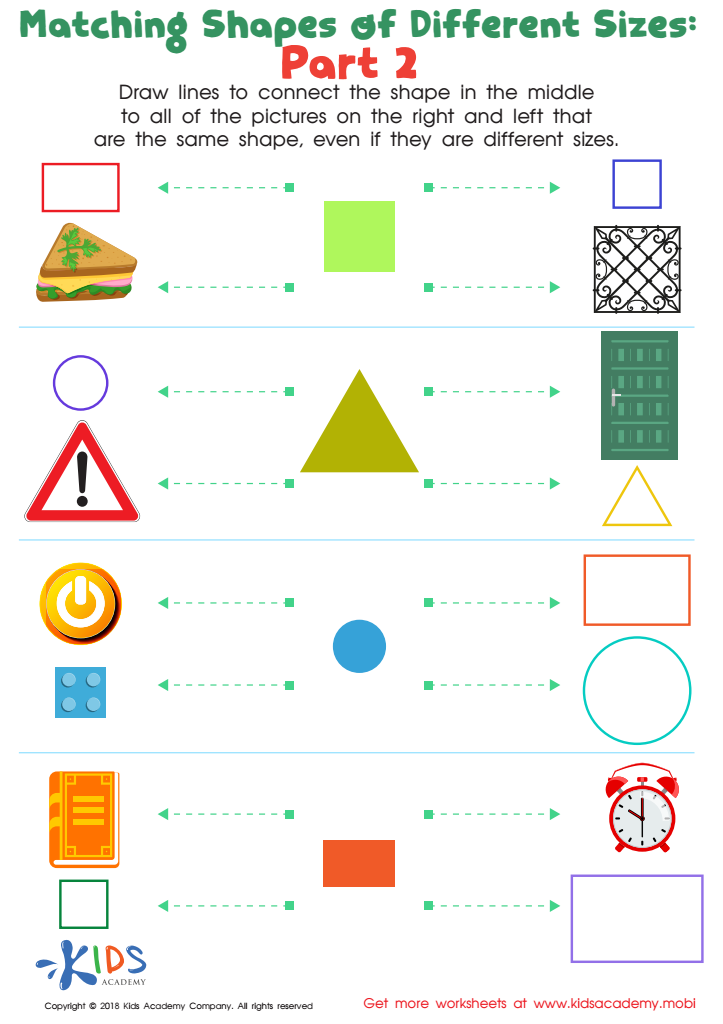

Geometry: Part 2 Worksheet
Improving drawing skills in children aged 5-9 is vital for their overall development and should be a priority for parents and teachers alike. At this age, drawing is not just an artistic expression; it plays a crucial role in cognitive, emotional, and social growth. Mastering basic drawing techniques enhances children's fine motor skills, as they learn to control pencils, crayons, and other materials, leading to improved hand-eye coordination. Engaging in drawing also fosters creativity and imagination, allowing children to express their thoughts and feelings visually, which is essential for emotional development.
Moreover, drawing can serve as a powerful communication tool, helping children articulate complex ideas and emotions they might not yet have the words for. This contributes to their confidence and willingness to share their perspectives. Collaborative drawing activities encourage teamwork and social skills, as children engage in discussions, negotiate ideas, and compromise on shared projects. Furthermore, drawing can often serve as a springboard for further learning across subjects like storytelling, math, and science, making it an essential foundation for well-rounded educational experiences. By focusing on improving drawing skills, parents and teachers support not just artistic abilities, but also holistic development that benefits children's future learning and interpersonal relationships.
 Assign to My Students
Assign to My Students

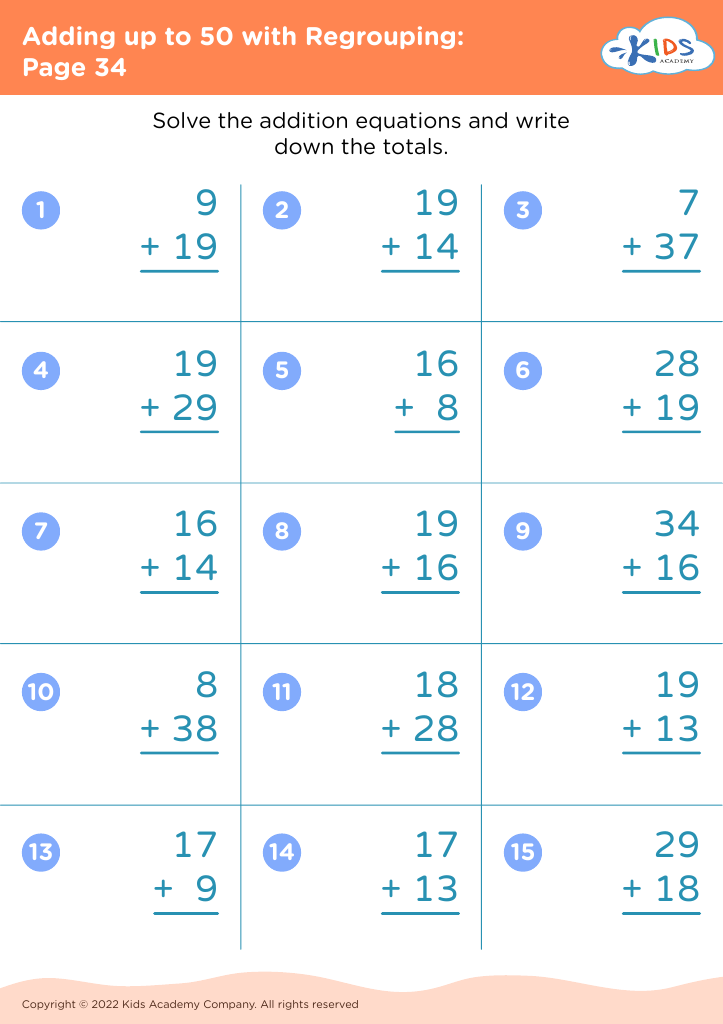



.jpg)

